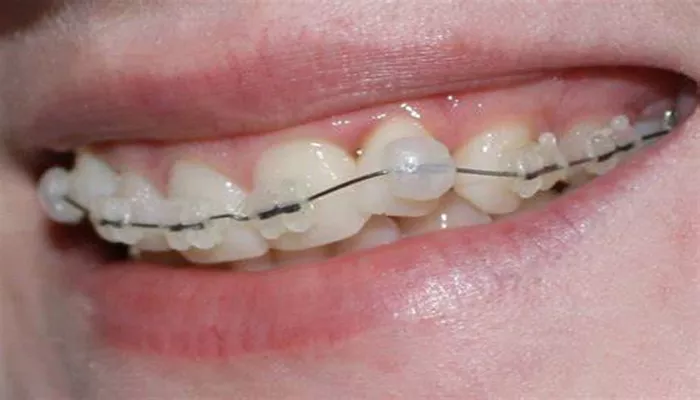Orthodontics, a specialized branch of dentistry, involves the diagnosis, prevention, and correction of malocclusions—irregularities in the alignment of teeth and jaws. One common question that arises among patients who have completed orthodontic treatment with braces is whether they must always wear retainers afterward. This guide aims to provide a detailed, professional perspective on the importance of retainers, their types, duration of use, and potential alternatives.
Understanding the Role of Retainers
After braces are removed, teeth have been moved to their desired positions. However, the bones, gums, and soft tissues around the teeth need time to adapt to the new positions. This process is called “bone remodeling” and can take several months to a year or more. During this period, retainers play a crucial role in maintaining the new alignment of teeth and preventing them from shifting back to their original positions.
Types of Retainers
There are two main types of retainers: removable and fixed.
Removable Retainers: These are plastic appliances that fit over the teeth and can be taken out for eating, brushing, and flossing. They are often used for the upper and lower front teeth and are custom-made to fit the patient’s teeth perfectly. Removable retainers are easy to clean and maintain, but they require patient compliance to wear them as instructed.
Fixed Retainers: These are wires bonded to the back of the teeth, usually the front six teeth on both the upper and lower jaws. Fixed retainers are permanent and cannot be removed by the patient. They are less visible and do not require patient compliance, but they can be more challenging to clean and maintain.
Duration of Retainer Use
The duration of retainer use varies from patient to patient and depends on several factors, including the severity of the malocclusion, the age of the patient, and the type of retainer used.
Initial Phase: Immediately after braces are removed, patients are typically required to wear their retainers full-time for several months. This helps to stabilize the teeth in their new positions and allows the surrounding tissues to adapt.
Transition Phase: After the initial phase, patients may be instructed to wear their retainers only at night or for a few hours during the day. This gradual reduction in retainer use helps to ease the patient into a maintenance routine.
Maintenance Phase: Once the teeth and surrounding tissues have fully adapted to the new positions, patients may only need to wear their retainers occasionally, such as every other night or once a week. This maintenance phase can last for several years or even indefinitely, depending on the patient’s individual needs.
Importance of Retainer Compliance
Patient compliance is crucial in maintaining the results of orthodontic treatment. Failure to wear retainers as instructed can lead to teeth shifting back to their original positions, a condition known as “relapse.” Relapse can occur gradually over time or suddenly due to trauma or other factors.
To avoid relapse, patients should:
Wear retainers as instructed by their orthodontist.
Keep retainers clean by brushing them regularly with toothpaste and water.
Avoid eating or drinking with retainers in place, as this can damage them.
Store retainers in a safe, clean container when not in use.
Schedule regular appointments with their orthodontist for check-ups and adjustments.
Potential Alternatives to Retainers
While retainers are the most common method of maintaining orthodontic results, there are some potential alternatives. However, it’s important to note that these alternatives may not be suitable for all patients and should be discussed with an orthodontist before making a decision.
Permanent Retainers: As mentioned earlier, fixed retainers are bonded to the back of the teeth and cannot be removed by the patient. While they eliminate the need for patient compliance, they can be more challenging to clean and maintain.
Invisalign Retainers: For patients who have completed Invisalign treatment, their final aligner tray can sometimes be used as a retainer. However, this option may not be suitable for all patients and should be discussed with an orthodontist.
No Retainers: In some rare cases, patients may not require retainers after orthodontic treatment. This is usually determined by the severity of the malocclusion, the age of the patient, and the stability of the teeth after braces are removed.
Conclusion
In conclusion, wearing retainers after braces is an essential part of maintaining the results of orthodontic treatment.
Retainers help to stabilize teeth in their new positions and prevent them from shifting back to their original positions.
While the duration of retainer use varies from patient to patient, it’s crucial to follow the instructions provided by your orthodontist to avoid relapse. By wearing retainers as instructed, keeping them clean, and scheduling regular appointments for check-ups and adjustments, you can ensure that your teeth remain straight and healthy for years to come.
Related topics:

